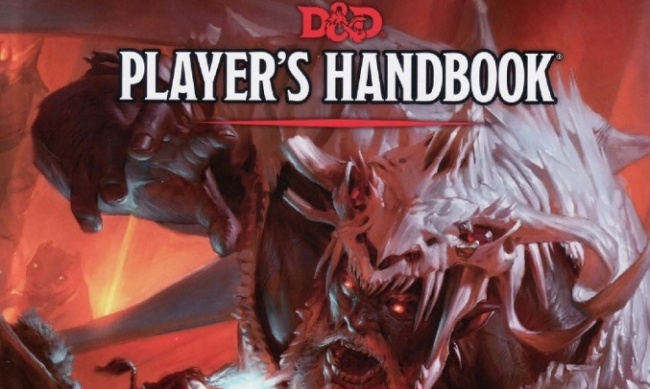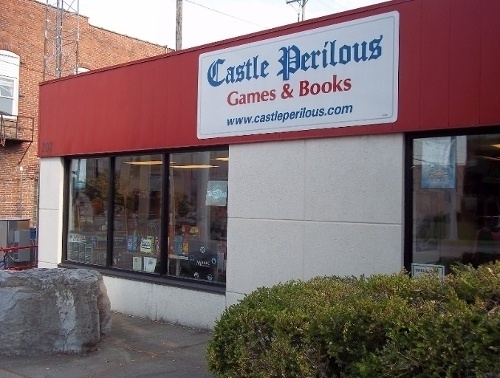Rolling for Initiative is a weekly column by Scott Thorne, PhD, owner of Castle Perilous Games & Books in Carbondale, Illinois and instructor in marketing at Southeast Missouri State University. This week, Thorne looks at the unexpected jump of the D&D Player's Handbook to #3 on the Amazon non-fiction bestseller chart and revisits MAP.
For a short time this past week, the Dungeons & Dragons Player’s Handbook popped to #5 and then to #3 on Amazon’s non-fiction best seller list. It has since fallen down to #9, though it still ranks at #1 in both the Reference and Puzzle books categories. Since Amazon updates its lists every 15 minutes, there may have been enough of a bump in sales for whatever reason to bump it all the way up there. Pretty impressive for a book that came out four years ago, although discounting the book 40%, along with most of the other D&D books, on a regular basis, probably doesn’t hurt the book’s sales.
This is a prime example of how MAP (Minimum Advertised Price) works. Asmodee NA for example, has an established MAP of 20% and requires businesses that sell their products (which sometimes seem like half the board game lines on the market) to sign an agreement that, among other things, requires them to abide by Asmodee’s MAP and, if you look on Amazon, you will see that, for the most part, Amazon abides by the policies, Asmodee NA has established , as have most online dealers. However, Wizards fo the Coast does not have an established MAP for its products, either Magic: The Gathering or D&D, though the company does police retailers, especially online ones, who must abide by certain WOTC policies before being approved to sell online.
Incidentally, MAP does not mean that stores cannot sell products for less than the Minimum Advertised Price, it just means that the store cannot advertise that discounted price online or in other forms of mass media. A store could, for example, put a sign on an in-store display of X-Wing or Imperial Assault boxed sets, offering 40% off on them. As long as the store does not put a notice on Facebook or Twitter or elsewhere out of the store offering that discount, the store has not violated the MAP policy it signed.
Similarly, Games Workshop has a MAP of 15% so if an online retailer wanted to offer Warhammer 40,000 at prices lower than 15% off MSRP, it cannot post that on its website but could post "Prices so low we cannot advertise them. Call or email the store for details" or "Discount applied at check-out." Since a specific discount is not publicized, the store has not violated Games Workshop’s MAP. However, operating a business, especially a high volume retailer operation, in a manner like this would prove so inefficient that most retailers opt instead to follow the easier path by adhering to MAP and not risk GW or Asmodee or any other company with a MAP opting to cut off their supply line, which actually has happened on a couple of occasions when sellers on Amazon violated a company’s MAP.
However, I tend to think that the growth in popularity of D&D over the past few years, driven by players revisiting the game they loved in their youth, a new generation of players who have found their parents’ books or seen the game played on shows like Community or Stranger Things, or people who have seen web series like Critical Role. Whatever the reason, congratulations to D&D and WOTC and here’s to another trip to the top of the best seller list with Mordenkainen’s Tome of Foes (see "’D&D’ Adds More Monsters").
The opinions expressed in this column are solely those of the writer, and do not necessarily reflect the views of the editorial staff of ICv2.com.

Column by Scott Thorne
Posted by Scott Thorne on March 11, 2018 @ 11:38 pm CT



